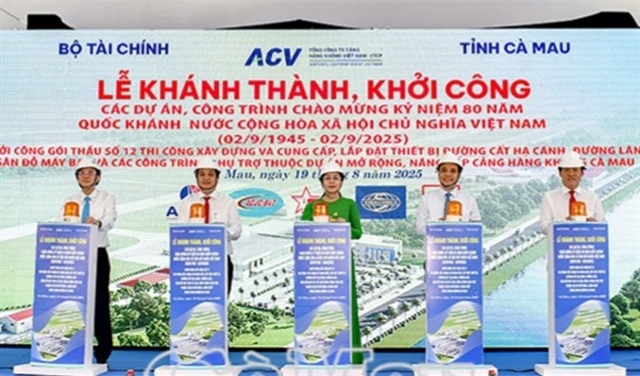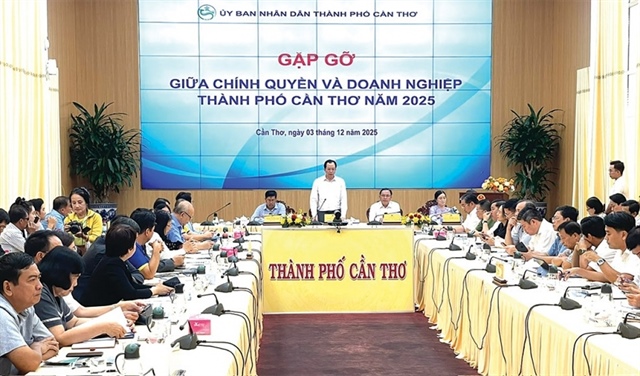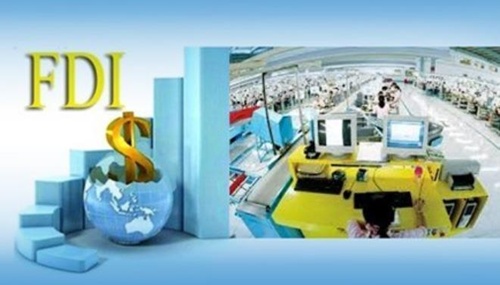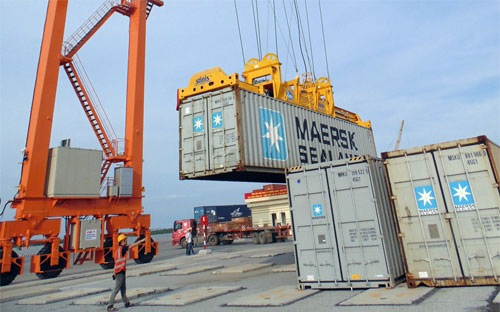BOT business model in the IT industry: new opportunities and challenges
BOT business model in the IT industry: new opportunities and challenges
The BOT (build–operate–transfer) model, in which a company hires another company to set up and manage its local IT operations before transferring them back to the parent company, has become increasingly popular. Pieter van Diermen, president of PYCO Group, which has served many companies under this model, talked to VIR’s Hong Anh about the company’s growth strategy in Vietnam, one of the world’s most popular IT outsourcing destinations.
Recent years have seen the emergence and rise in popularity of BOT in the IT market. What has PYCO Group planned to grow in this context?
Since 1999, we have been recognised as a state-of-the-art digital consulting and software development agency on par with Fortune 500 companies all over the world. During our 17 years in Vietnam, we have witnessed the local market grow a very promising IT talent pool that provides qualitative and well-grounded software engineers today. However, to seize valuable job opportunities, they still lack long-term direction in their career development and, in particular, they should cultivate a “product development” focus rather than the typical “outsourcing” mind-set found in most Vietnamese IT service companies.
Based on our rich experience in web and software development, consulting, and talent acquisition, we decided to extend PYCO’s existing dedicated team services and propose a BOT engagement model to our clients seeking to set up their own product development operations in Asia or Vietnam. Under this model, we set up a distinct legal entity with its own office space and infrastructure and hire dedicated technical and operational staff that we manage until the entity is eventually transferred to our clients after a designated operating period. We have been applying and improving this BOT model for over four years now, thanks to our partnerships with key actors in different IT sectors. We are proud to have paved the way for companies, such as Atlassian, Magnolia, Yellow Pepper Technologies, and, most recently, ansarada, to come and develop great software with our help in Vietnam.
How is the current BOT model different from your original digital agency business model?
The most significant differences are mainly related to the operation and talent selection processes. By working under PYCO’s traditional digital agency business model, we have to constantly adapt to the fast-paced delivery cycles that web projects require. We also have to help our clients keep up with the latest technology trends without always having time to make durable investments post-delivery. This “digital agency” model requires our engineers to be both trained and self-taught, be motivated by technology diversity, manage their time and pressure well, and to be flexible in order to adjust to the diverse last minute requirements of our clients. These traits and skills are great to acquire but can become quite demanding in the long run.
In contrast, the BOT model allows us to set the foundations from the beginning for a long-term investment both in terms of technology and people. It allows us to implement a fully agile development working model and collaborate closely with our clients on a daily basis. By fully integrating our team in their organisation, we help them bootstrap their new Vietnam-based operation and improve their production capacity almost immediately. It also allows us to scout and select compatible talents for our clients. We do not only screen their professional skills and practical experience, but also their personality and creative mindset, so that they can fit perfectly with the technology stack, working culture, and values of our BOT clients.
Atlassian, a noteworthy partner that pursued a BOT model in the market, decided to stop investing in their Vietnamese base after working three years with you. Does this mean PYCO’s model did not work?
We feel very proud of having accompanied and helped Atlassian set up one of the most advanced R&D centres in Vietnam. The challenge was bold and the goal to set up a working force that would be an integral part of and on par with Atlassian’s global R&D force was very ambitious. Yet in just two years of actual BOT operation, we hired over 100 highly-qualified engineers and built an open, collaborative working culture and environment, which yielded results second to none. On this note, Scott Farquhar, CEO and co-founder of Atlassian, publicly stated, and I quote, that: “the Vietnam team, next to shipping key components of our products over the last 2 years, have also been the proud winners of the quarterly ShipIt "Customer Kick Ass" prize on four occasions, and have bragging rights over winning our 10 years anniversary ShipIt "Founder" prize, demonstrating the innovation, creativity, and technical excellence in the region.”
Of course, we would have loved to see Atlassian continue investing even further in Vietnam after the transfer of our BOT, but we also recognise and need to accept their new talent acquisition strategy which centralises all R&D in the APAC region in Sydney. Still, Atlassian asked us to transfer and offered resettlement to Sydney for over 50 per cent of our engineering personnel in Vietnam. This is again strong proof of the quality and abilities of Vietnamese software engineers in general and of our BOT services in particular.
Atlassian will always be a great showcase for PYCO Group and we are pleased to have publicly received their continued support and recommendation of our BOT services.
What are your plans and strategies to help your current clientele expand their employee base in Vietnam?
BOT is not a “one fits all” model that can simply be “copy-pasted” every time. Instead, we have to go through a number of steps to tailor fit our engagement model, we need to collect and fully understand our customers’ needs, and thoroughly analyse the Vietnamese IT resource market in the long term before proposing an optimal growth plan for each client. Our overall approach is, however, quite straightforward: we aim to become a trustful partner, unbridled by the intricacies of the local corporate and talent landscape. We leverage our local experience to set up a skilled and innovative R&D workforce and offer local IT talents with attractive and well-defined long term career opportunities. Guaranteeing to successfully bootstrap, scale, and manage this additional development capacity in perfect understanding with the culture and long-term orientation of each particular client is our main key performance indicator (KPI).
Is it not a conflict of interest, going after talent in the market, while cooperating with several IT companies at the same time and having to also grow your own development team?
That is a very good question. We are not head-hunters, simply poaching talent from one company to another. We have set up different departments to service various aspects of our BOT clients’ needs, from their technical, business, and recruitment goals to understanding their company values and at the same time helping them understand the local working culture and talent pool. Based on this, we are able to devise an appropriate collaborative framework for each BOT operation.
A successful BOT requires a great deal of effort, trust, and collaboration with all the actors at play. It is like bringing up a child from the very first day, you have to care for it, nurture it, understand and help it through its growth, until it becomes fully autonomous and can care for itself.
The same goes with our BOT employees, we have to build a long-running, well-defined plan for each talent’s career to have them fully focus and commit overtime to the product development mind-set our BOTs require.
For these reasons, there is no direct conflict between our different recruitment efforts, which are focused on each BOT’s particular needs, and our traditional digital agency business, which requires people that are motivated above all by technology and our clients’ diversity in a fast-paced environment.






















